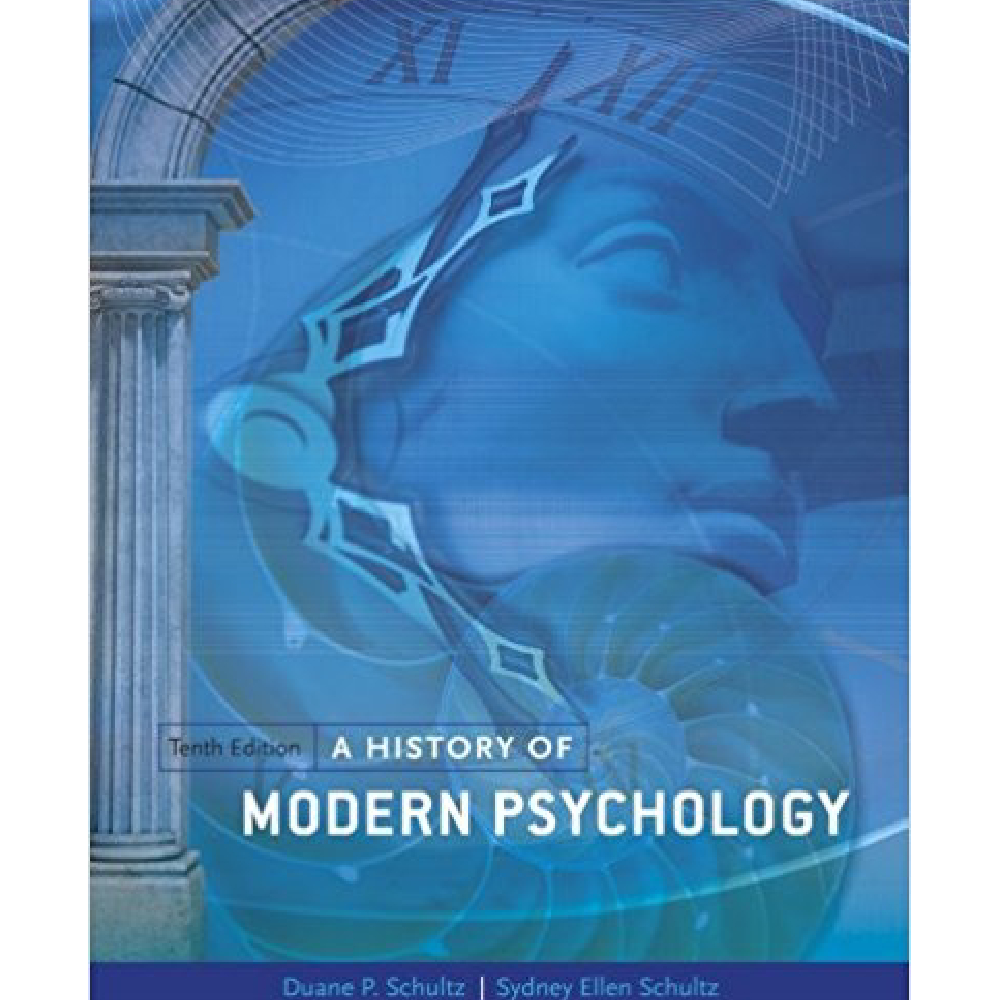A History Of Modern Psychology 10th Edition By Sydney – Test Bank
$55.00
A History Of Modern Psychology 10th Edition By Sydney – Test Bank
You will receive this product within 24 hours after placing the order
A History Of Modern Psychology 10th Edition By Sydney – Test Bank
1. Describe, compare, and contrast the three stages of behaviorism.
ANSWER: Answer not provided.
POINTS: 1
2. Describe the points of agreement among the neobehaviorists. What are the major differences between the neobehaviorists as a group and Watsononian behaviorism?
ANSWER: Answer not provided.
POINTS: 1
NOTES: WWW
3. Describe what Tolman meant by the name “purposive behaviorism,” how it is manifested in his learning theory, and the classic experiment that supports his theory.
ANSWER: Answer not provided.
POINTS: 1
4. Describe Tolman’s five “causes” of behavior. What were Hull’s positions on each of these factors?
ANSWER: Answer not provided.
POINTS: 1
5. What is an intervening variable? Explain how they are operationally defined and used by the neobehaviorists, describing in detail at least one intervening variable used by Tolman and one used by Hull.
ANSWER: Answer not provided.
POINTS: 1
NOTES: WWW
6. What role did mechanism and mathematics play in Hull’s theory? Describe the four methods he considered useful for scientific research, identifying and explaining the method that was unique to him.
ANSWER: Answer not provided.
POINTS: 1
7. What were Skinner’s opinions about theory, mechanism, intervening variables, statistics, and large sample sizes?
ANSWER: Answer not provided.
POINTS: 1
8. What are the central differences between respondent and operant conditioning? How did Skinner propose using operant conditioning to modify behavior and to improve society?
ANSWER: Answer not provided.
POINTS: 1
9. Describe Bandura’s social cognitive theory, focusing in detail on his conceptualizations regarding reinforcement as well as behavior modification.
ANSWER: Answer not provided.
POINTS: 1
10. What is Rotter’s approach to cognitive processes? Describe his concept of locus of control including the difference between internal and external.
ANSWER: Answer not provided.
POINTS: 1
11. Skinner’s former students demonstrated which of the following with the advent of the IQ Zoo?
a. Operant conditioning can be taken out of the lab and applied to the real world.
b. Behaviorism is a very lucrative business after receiving a Ph.D. from Skinner.
c. Animals, like humans, are intelligent and have vastly complex minds.
d. Behaviorism is useless to solving real-world problems.
e. There are many hardships associated with animal psychology.
ANSWER: a
POINTS: 1
REFERENCES: The IQ Zoo











Reviews
There are no reviews yet.